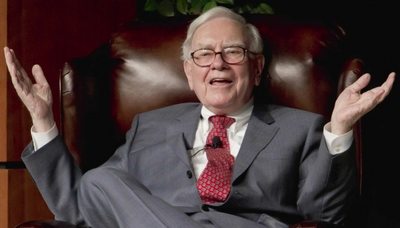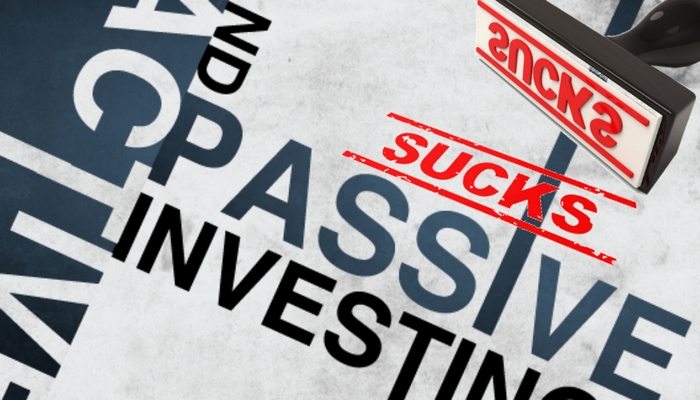If I asked ‘Who is the most famous investor in the world?’ there is a good chance you would answer Warren Buffett.
Buffett, the 86 year old billionaire Oracle of Omaha, is America’s second wealthiest person, just behind his good friend, Bill Gates.
Each February since 1965 Buffett has released an annual letter to his shareholders, filled with investing insights and homespun wisdom. Writing in plain English, he assumes his audience are distant relatives who review their investments only once a year.
In his recent 2016 letter he revisits a $500,000 wager he offered in his 2005 letter.
In 2005 Buffett bet that no investment professional could select 5 hedge funds that would outperform the stock market (S&P 500 index fund) after fees over 10 years. The wager pitted active funds management against passive investing and Buffett was sure he would be inundated by fund managers keen to defend their reputation.
For three years Buffett was deafened by the sounds of silence until 2008 when Ted Seides, an asset manager at New York based Protégé Partners, took Buffett’s bet.
While there is still one year of investment returns to complete their wager, the results to date are conclusive. While passive investing (S&P 500 index fund) returned a total of 85.4% over nine years, the five fund-of-fund hedge funds returned from 2.9% to 62.8% at an average total of just 22%.
In annualised terms after fees, the index fund returned 7.2% per annum for investors while the hedge funds returned 2.2% per annum.
Buffett expected these results when he wrote in 2008:
“A lot of very smart people set out to do better than average in securities markets. Call them active investors. Their opposites, passive investors, will by definition do about average. In aggregate their positions will more or less approximate those of an index fund. Therefore, the balance of the universe—the active investors—must do about average as well. However, these investors will incur far greater costs. So, on balance, their aggregate results after these costs will be worse than those of the passive investors.”
He re-iterates why this is the case in his 2016 shareholder letter:
“If Group A (active investors) and Group B (do-nothing investors) comprise the total investing universe, and B is destined to achieve average results before costs, so, too, must A. Whichever group has the lower costs will win.”
Of course in any year some active fund managers will outperform the index. They have to – it’s pure mathematics that some will outperform the market, some will underperform the market but on average they will return the market. What I realised as a finance professional many years ago was my (and I’d argue anyone’s) inability to consistently pick which active manager was going to outperform year in, year out.
Again in Buffett’s words:
“There are, of course, some skilled individuals who are highly likely to out-perform the S&P over long stretches. In my lifetime, though, I’ve identified – early on – only ten or so professionals that I expected would accomplish this feat… There are no doubt many hundreds of people – perhaps thousands – whom I have never met and whose abilities would equal those of the people I’ve identified. The job, after all, is not impossible. The problem simply is that the great majority of managers who attempt to over-perform will fail. The probability is also very high that the person soliciting your funds will not be the exception who does well.”
In 2018 Buffett’s and Seide’s 10 year wager will be complete. Theoretically, if in 2018 Seide’s five active hedge funds return on average 53% and Buffett’s passive index fund returns nothing, it could be a draw. In reality it is far more likely that $500,000 winnings will be paid to Girls Inc. of Omaha, Buffett’s charity of choice.
Buffett’s lessons on fees and investing apply just as well in Sydney and Auckland as they do on Wall Street. The final word goes to Warren Buffett:
“The bottom line: When trillions of dollars are managed by Wall Streeters charging high fees, it will usually be the managers who reap outsized profits, not the clients. Both large and small investors should stick with low-cost index funds.”







Leave A Comment